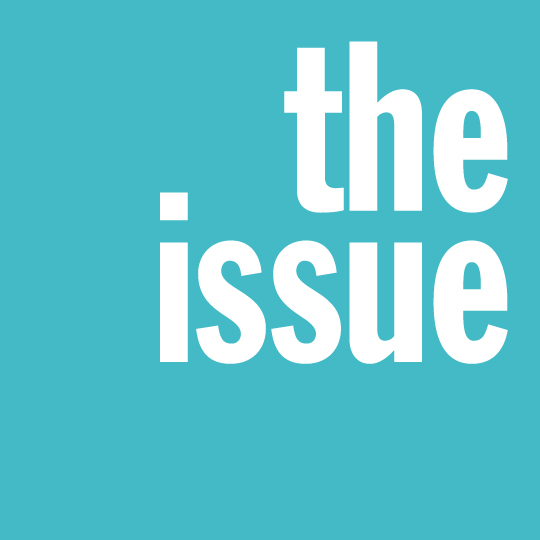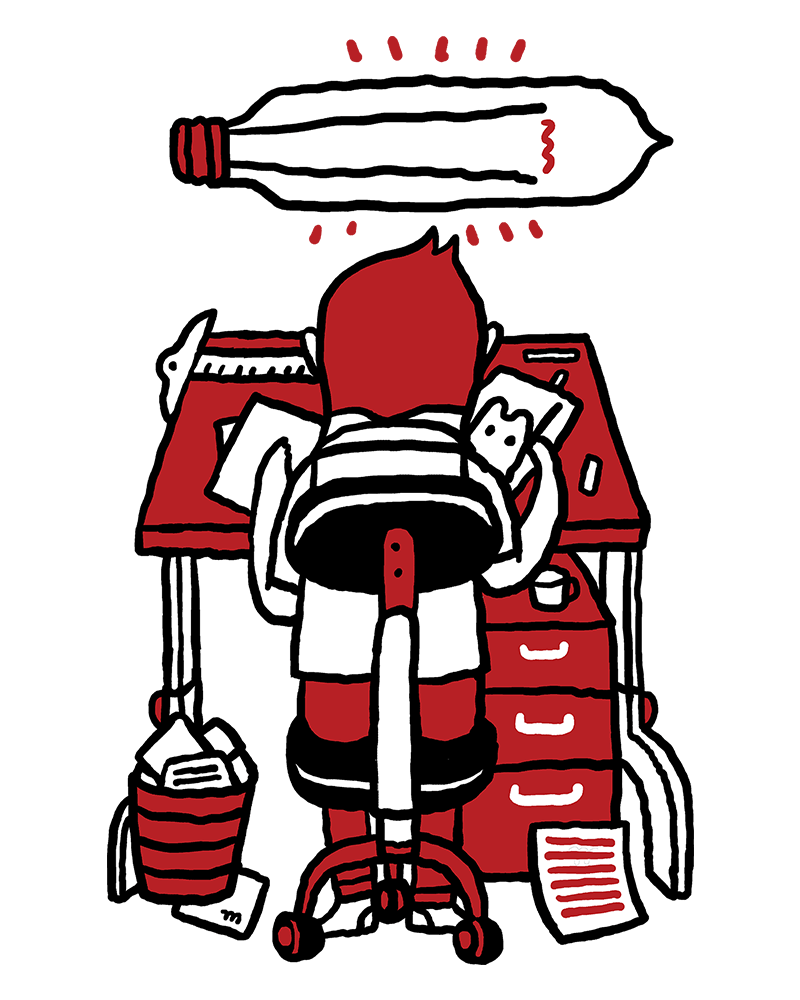
10
Things to Consider
When Commissioning
Original Artwork
Illustrated by aaron meshon
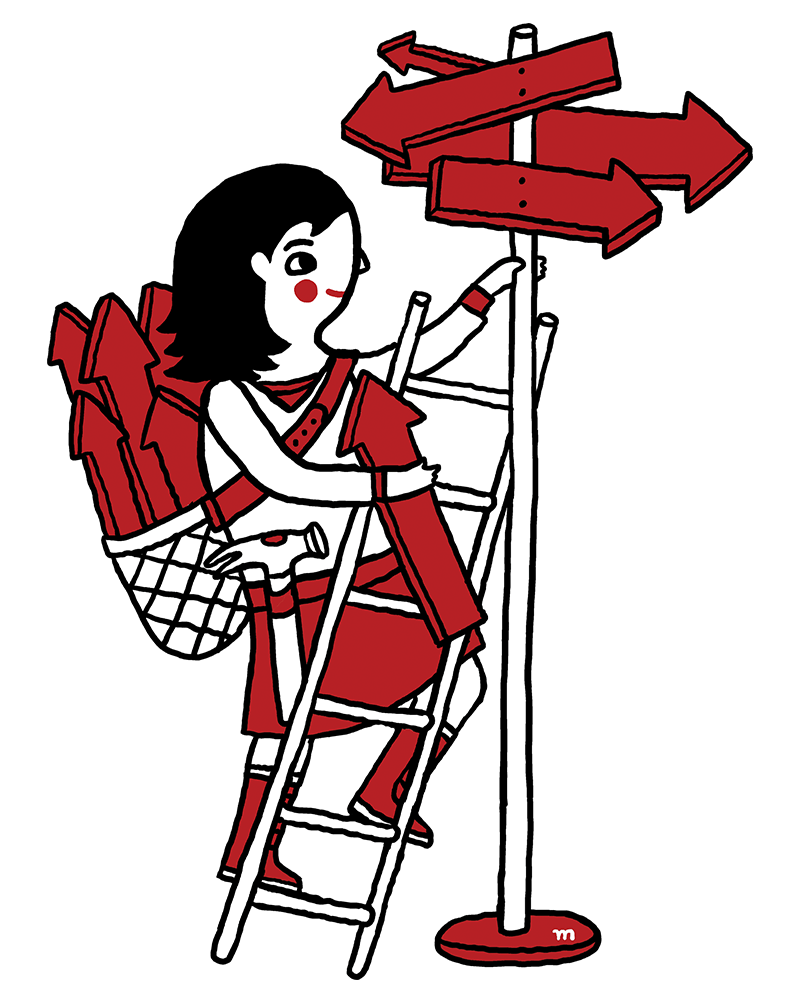
Things to consider when working with visual imagery:
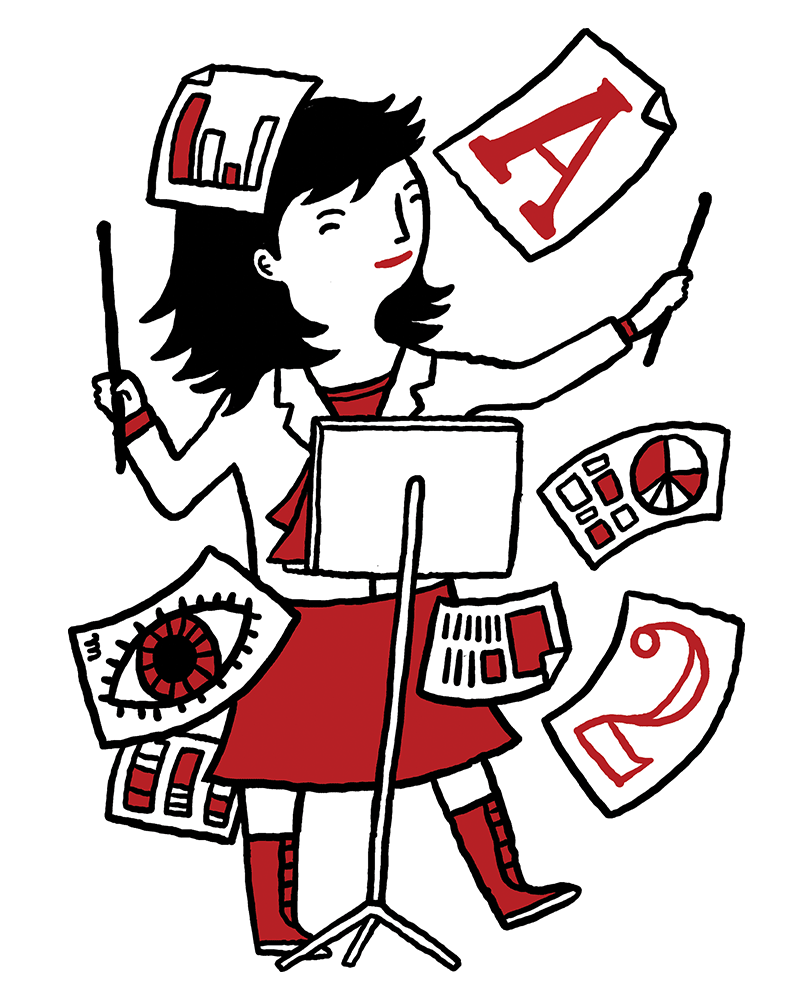
1.
Include visual direction in your identity and brand guide.
By including styles in your guidelines, you have a reference when assigning projects. If your identity and brand guidelines do not include illustrations and photography, hire a consulting art director to help your organization curate a selection of illustrators, photographers, and even stock to define a style.
2.
Budget for original artwork.
Commissioned illustrations and photography do cost more than stock, and they take more time to assign and direct. But the visual impact will pay off by creating a deeper connection to the story.
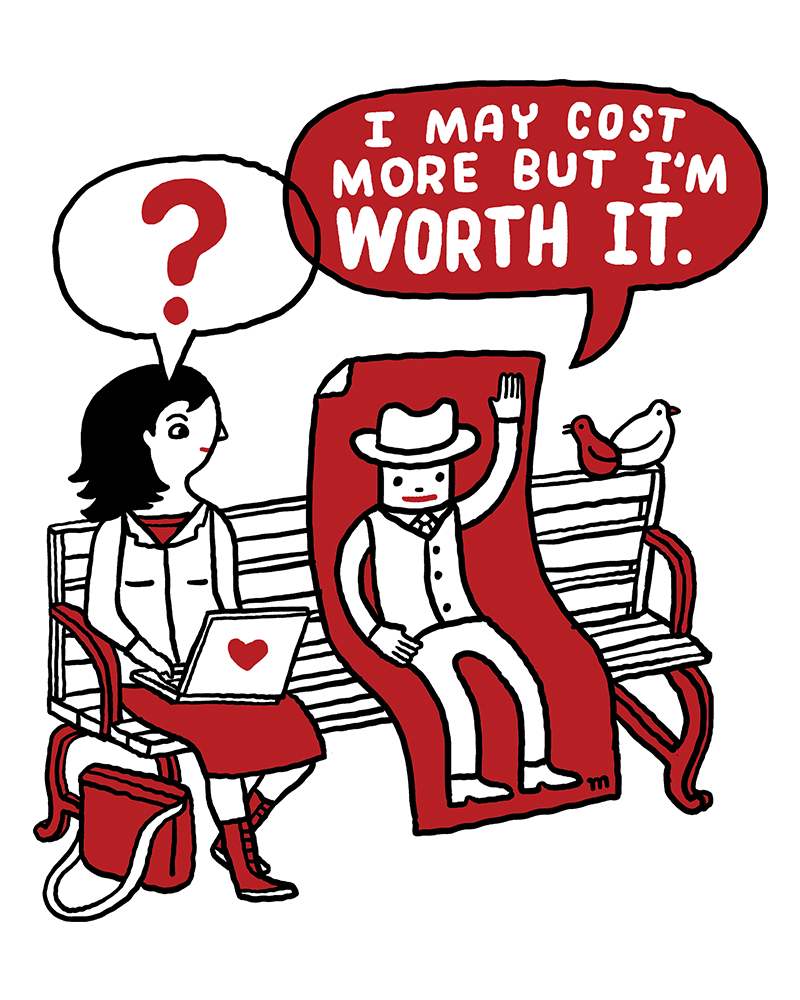
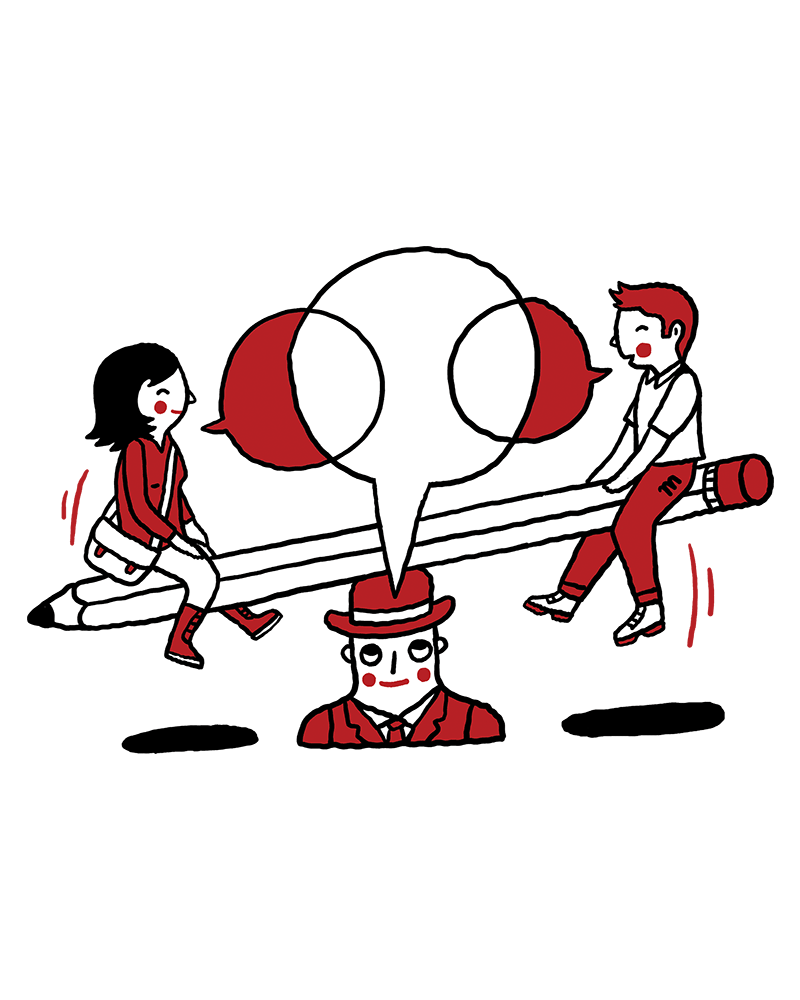
3.
Illustration new to you? Work with a representative.
They can help you select the right illustrator for your project and can also act as a middleman if clarity is needed along the way. (See a list of recommended agencies below.)
4.
Assigning photo shoots around the world?
Resources like Wonderful Machine and Diversify Photo allow you to search by location and style, and connect directly with photographers around the globe. Other college and university communication teams are also a great resource.
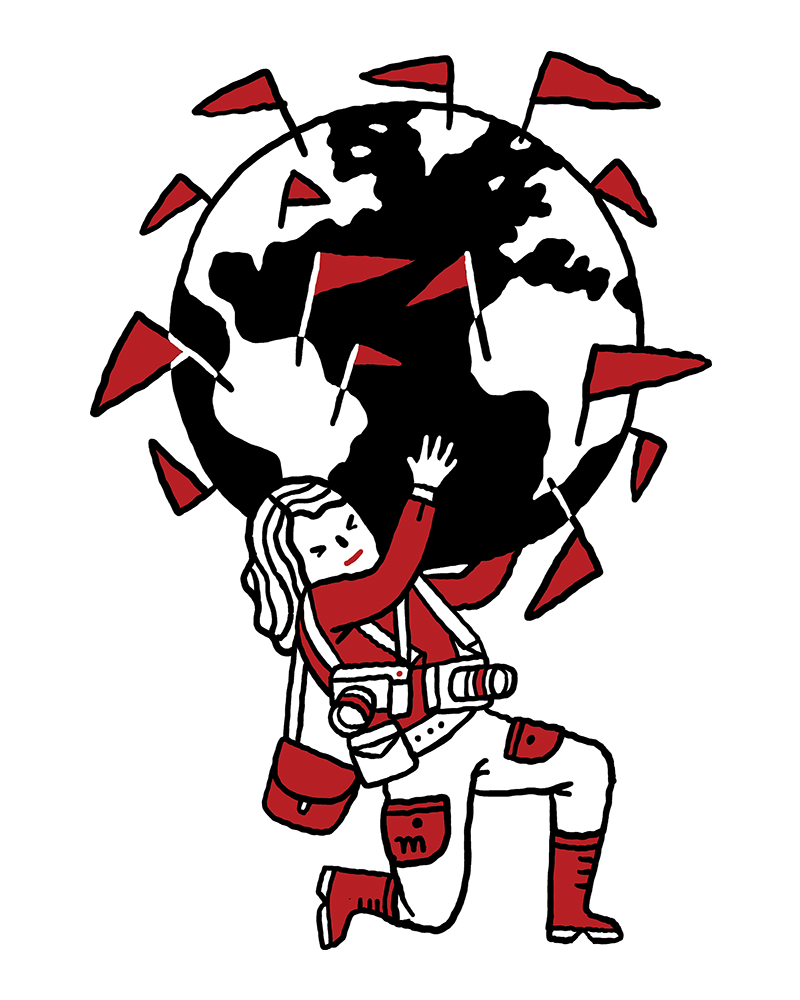
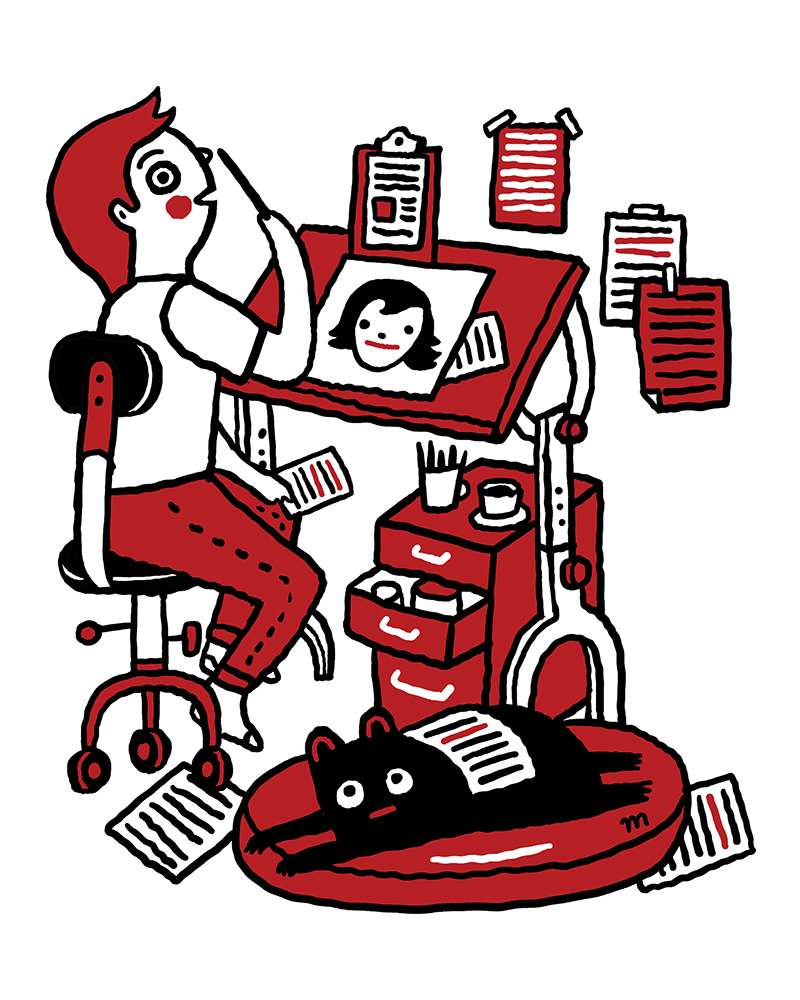
5.
Supply a detailed creative brief.
Kick off the project with a brief or draft, along with a curated selection of the creative’s work. This helps them understand what the final image needs to capture.
6.
Define the terms for the work.
Will it be a one-time use? Or will you need the work for multiple platforms? Define the scope and budget accordingly.
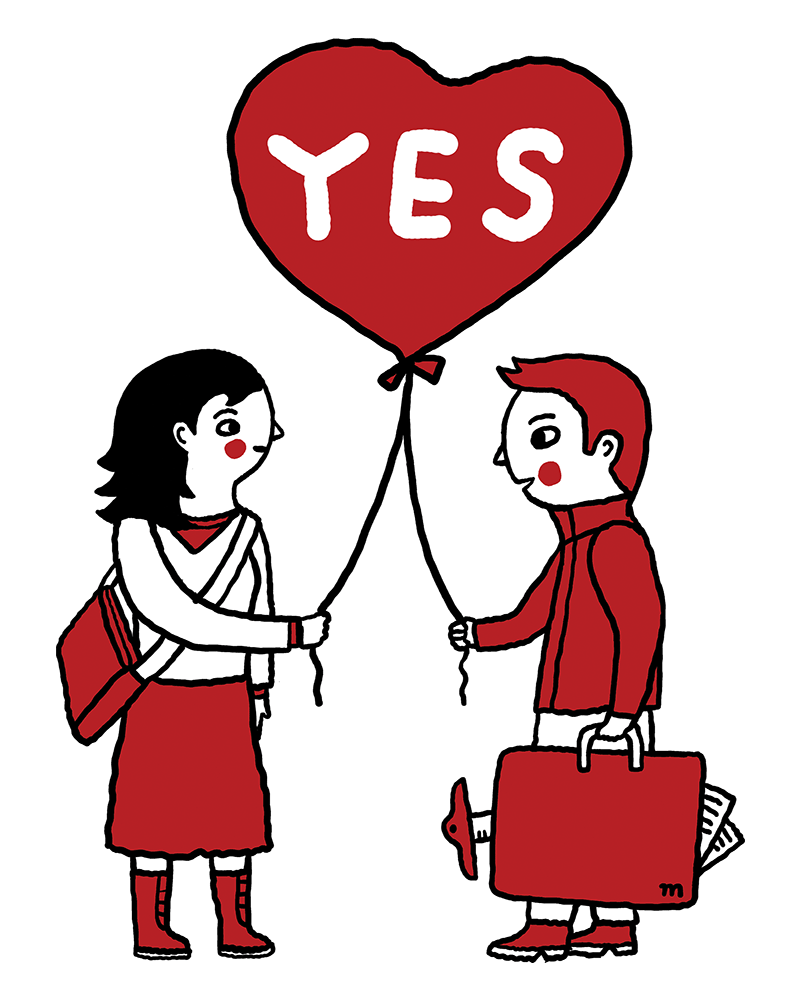
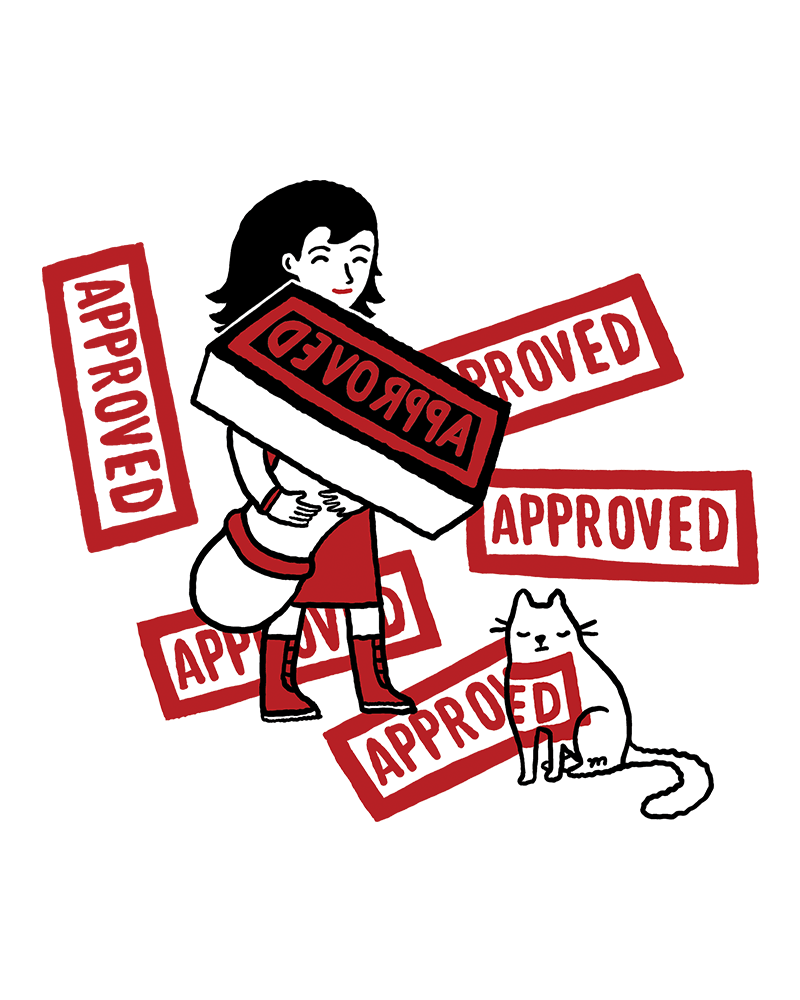
7.
Have a clear direction.
Reshooting photos or making additional changes to a final illustration can be expensive and time-consuming. For this reason, it is imperative that the team agrees about direction from the beginning.
8.
Credit the creative.
Budgets for editorial have remained fairly flat for the past three decades. Properly crediting the creative allows them to build their network to lead to more work.
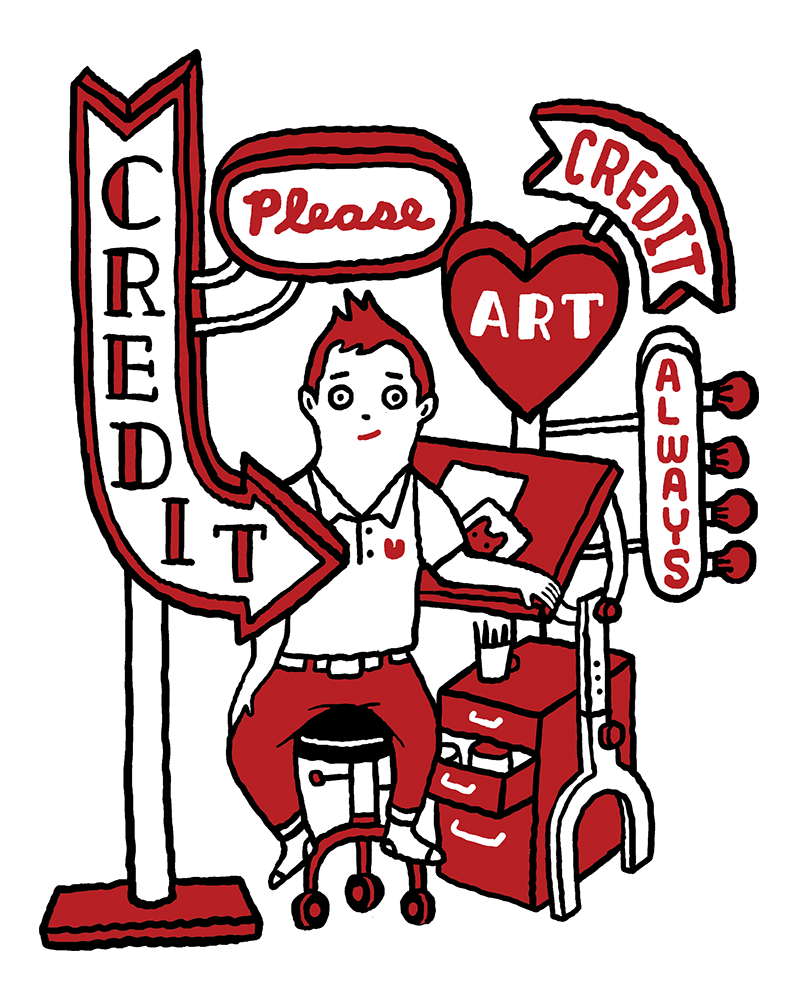
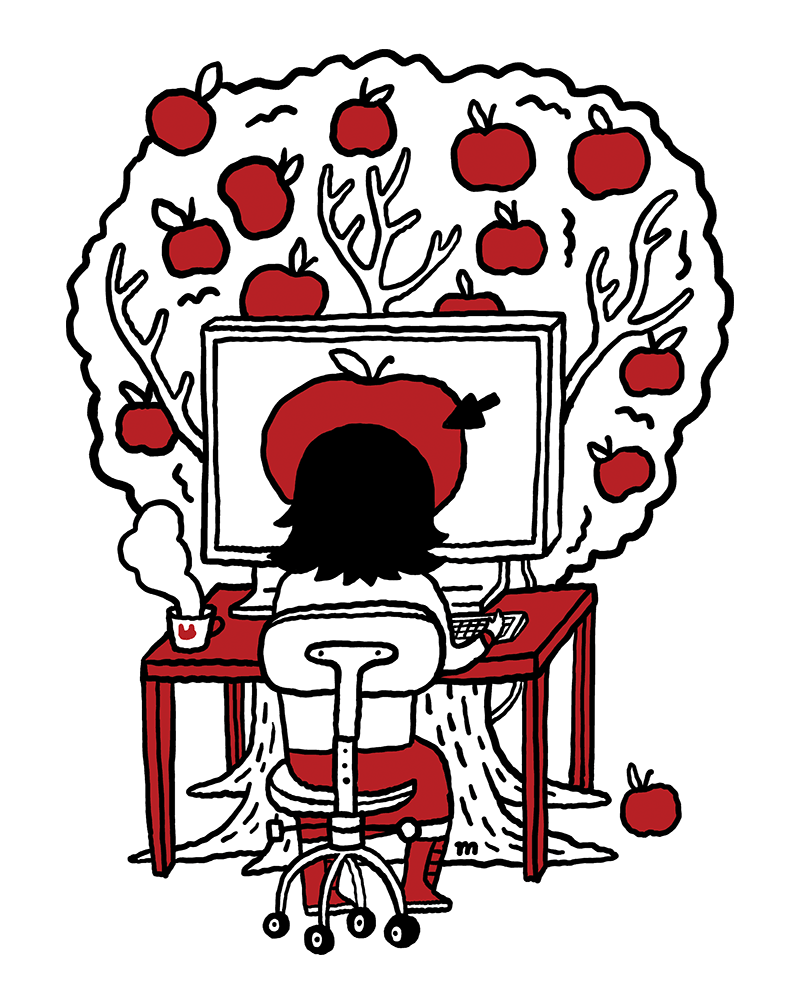
9.
Use stock to supplement original imagery.
There is a lot of great stock available. Use it to supplement original commissioned work, but go beyond the obvious solution and consider various metaphors for your story.
10.
Consider custom stock.
The iSpot allows people to source previously published illustrations by some of the most talented creatives in the world, and it will connect you directly with them to customize a previously created piece.
This article was originally published by Kelly McMurray as an Insight. It has been expanded for The Issue.

Artist Reps
Share this article
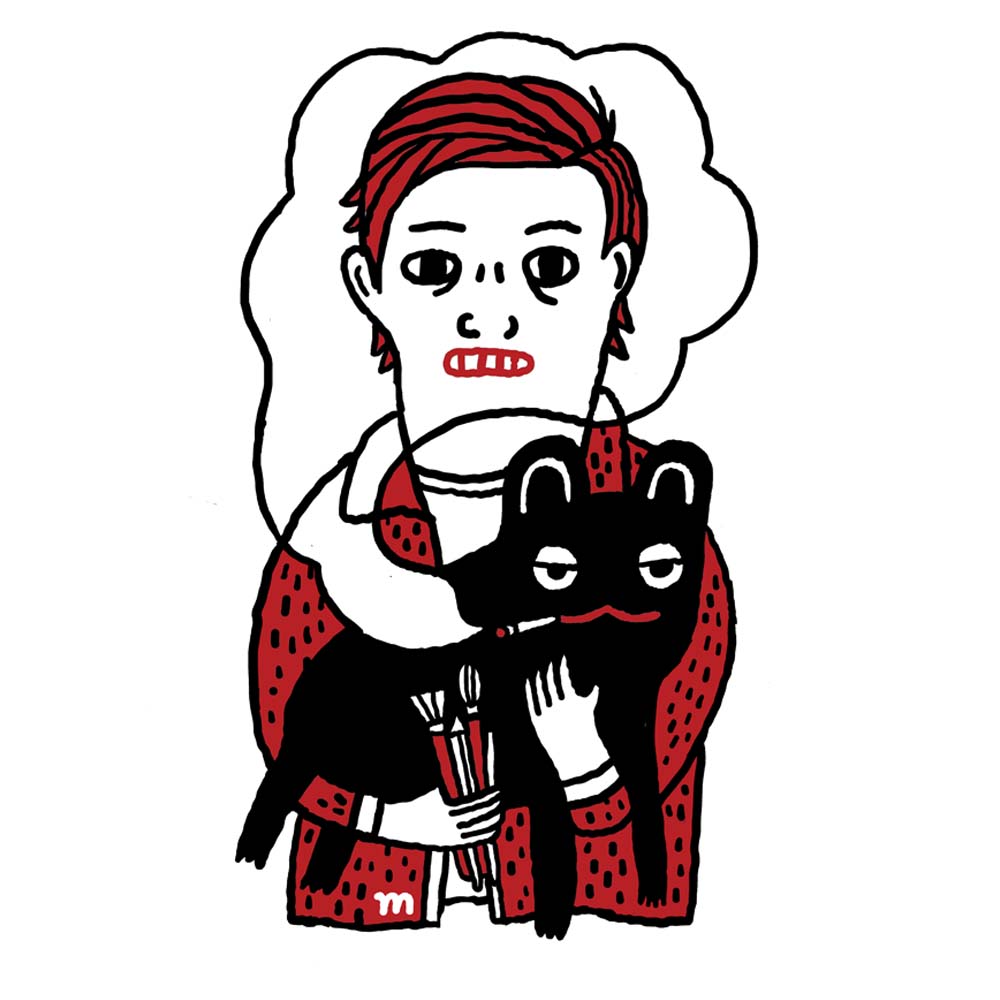
Aaron Meshon illustrates and designs for magazines, advertisements, children’s products, murals, food trucks and books that can be found all over the world. Aaron’s first children’s book: Take Me Out To The Yakyu was on the New York Times top 100 of 2013 and received 4 starred reviews. Aaron teaches illustration at The School of Visual Arts and has also been a guest illustration lecturer at RISD, MICA, UArts, SVA, FIT and NHIA . Someday Aaron would like to sell his products from a small sweet potato truck in rural Japan.

10
Things to Consider
When Commissioning
Original Artwork
Illustrated by aaron meshon

In 2020, Burger King launched its new global brand identity, created by Jones Knowles Ritchie. What was unique was that along with the logo, color, and typography, the new brand included original artwork from the illustrator Cachetejack. Considering the visual style of imagery for your brand or publication is as important as deciding on the color palette and typography. Stories are no longer confined to print publications. Your readers are being barraged with articles, newsletters, and other content delivered via social media and digital channels. A deliberate, consistent approach to visual storytelling helps your content stand out.
Things to consider when working with visual imagery:
1.
Include visual direction in your identity and brand guide.
By including styles in your guidelines, you have a reference when assigning projects. If your identity and brand guidelines do not include illustrations and photography, hire a consulting art director to help your organization curate a selection of illustrators, photographers, and even stock to define a style.

2.
Budget for original artwork.
Commissioned illustrations and photography do cost more than stock, and they take more time to assign and direct. But the visual impact will pay off by creating a deeper connection to the story.

3.
Illustration new to you? Work with a representative.
They can help you select the right illustrator for your project and can also act as a middleman if clarity is needed along the way. (See a list of recommended agencies below.)

4.
Assigning photo shoots around the world?
Resources like Wonderful Machine and Diversify Photo allow you to search by location and style, and connect directly with photographers around the globe. Other college and university communication teams are also a great resource.

5.
Supply a detailed creative brief.
Kick off the project with a brief or draft, along with a curated selection of the creative’s work. This helps them understand what the final image needs to capture.

6.
Define the terms for the work.
Will it be a one-time use? Or will you need the work for multiple platforms? Define the scope and budget accordingly.

7.
Have a clear direction.
Reshooting photos or making additional changes to a final illustration can be expensive and time-consuming. For this reason, it is imperative that the team agrees about direction from the beginning.

8.
Credit the creative.
Budgets for editorial have remained fairly flat for the past three decades. Properly crediting the creative allows them to build their network to lead to more work.

9.
Use stock to supplement original imagery.
There is a lot of great stock available. Use it to supplement original commissioned work, but go beyond the obvious solution and consider various metaphors for your story.

10.
Consider custom stock.
The iSpot allows people to source previously published illustrations by some of the most talented creatives in the world, and it will connect you directly with them to customize a previously created piece.
This article was originally published by Kelly McMurray as an Insight. It has been expanded for The Issue.

Share this article

Aaron Meshon illustrates and designs for magazines, advertisements, children’s products, murals, food trucks and books that can be found all over the world. Aaron’s first children’s book: Take Me Out To The Yakyu was on the New York Times top 100 of 2013 and received 4 starred reviews. Aaron teaches illustration at The School of Visual Arts and has also been a guest illustration lecturer at RISD, MICA, UArts, SVA, FIT and NHIA . Someday Aaron would like to sell his products from a small sweet potato truck in rural Japan.
